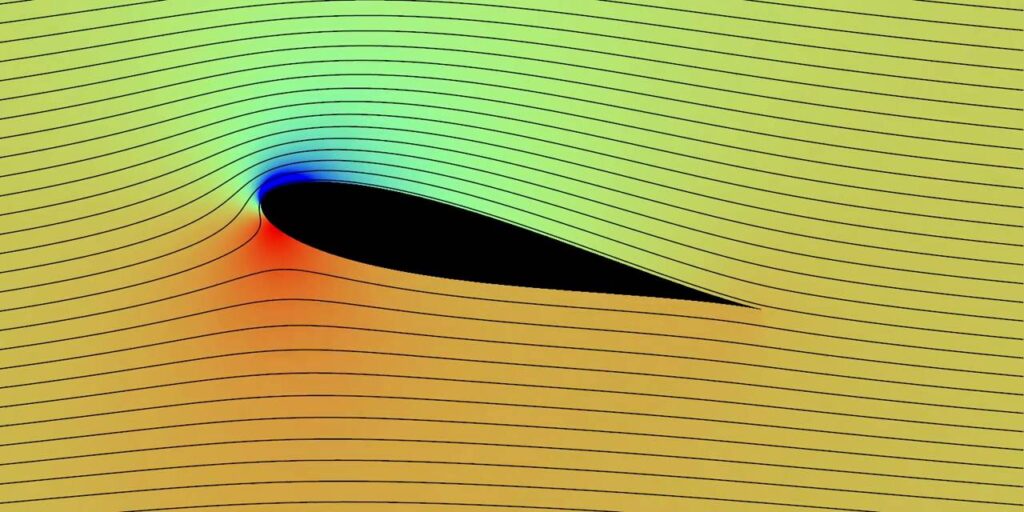Flow Around Immersed Bodies – We see that when a solid body is held in the path of a moving fluid and is completely immersed in it, the body will be subjected to some pressure or force. Conversely, if a body is moved with a uniform velocity through a fluid at rest, it offers some resistance to the moving body or the body has to exert some force to maintain its steady movement.
According to Newton’s law of resistance, the force exerted by a moving fluid on an immersed body is directly proportional to the rate of change of momentum due to the presence of the body.
The following points may be noted for the flow around immersed bodies:
(a) Whenever a plate is held immersed at some angle with the direction of the flow of the liquid, it is subjected to some pressure. The component of this pressure, in the direction of the flow of the liquid, is known as drag and the component of this pressure at right angles to the direction of the flow of the liquid is known as lift.
(b) According to Prandtl – Blasius relation, the thickness of boundary layer in laminar flow is

and thickness of boundary layer in a turbulent flow,

where
x = Distance between the leading edge of the body and the section where thickness of boundary layer is required, and
Rnx = Reynold’s number at a distance x from the leading edge.


